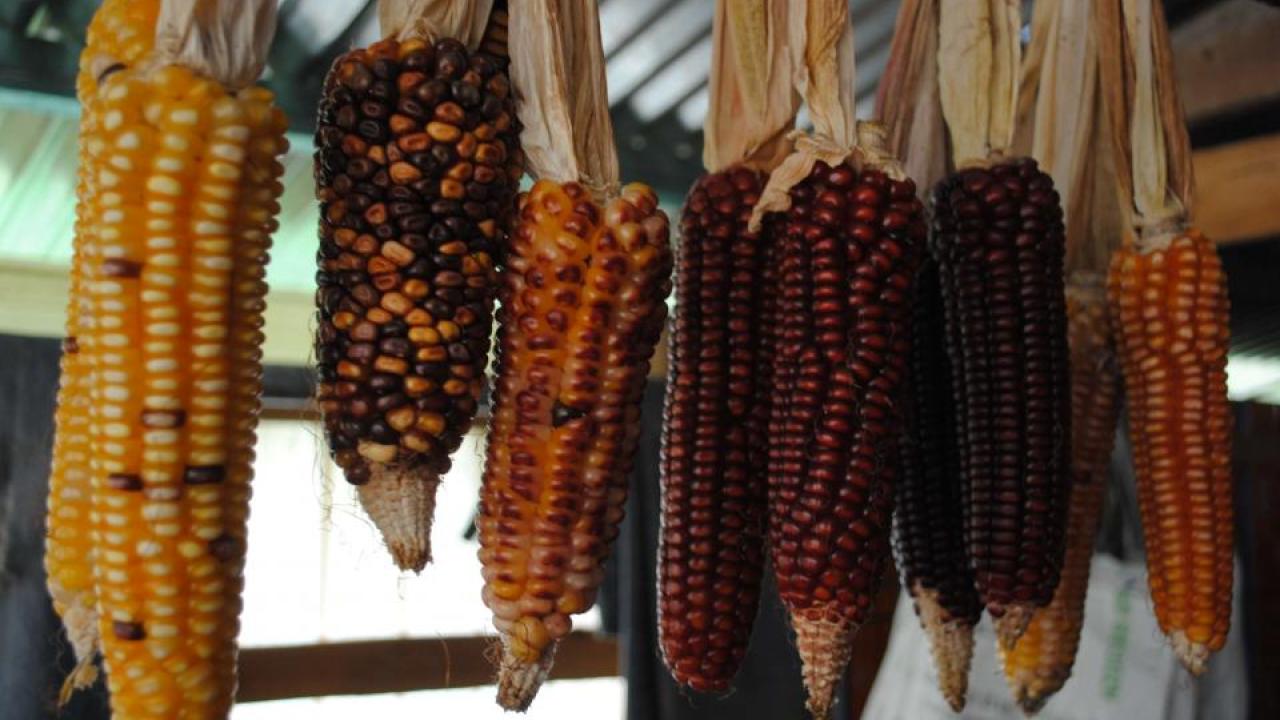
Can We Grow One of the World's Largest Food Crops Without Fertilizer?
How discovery of nitrogen-fixing corn variety could take us a step closer
By Amy Quinton, Strategic Communications
"IN THE UNITED STATES, more than 90 million acres of corn are planted every year. Corn uses more land than any other crop. It also uses a lot of fertilizer. By one estimate, 5.6 million tons of nitrogen are applied each year, along with nearly a million tons of nitrogen from manure.
Nitrogen is an essential nutrient for plants. While nitrogen makes up 78 percent of the atmosphere, only legume crops were known to have the ability to use it, through their association with bacteria.
“Legume crops like soybeans have nodules on their roots that harbor bacteria that can turn nitrogen in the air into a form the plant can use,” said Alan Bennett, distinguished professor of plant sciences at the University of California, Davis. “For cereal crops like corn, farmers must rely primarily on nitrogen fertilizers.”
Bennett is part of a multidisciplinary team of researchers from UC Davis, the University of Wisconsin–Madison, and Mars, Incorporated that has made a remarkable discovery: an indigenous variety of Mexican corn that can also fix nitrogen from the atmosphere, instead of requiring synthetic fertilizers.
The team’s findings were published Aug. 7 in the journal PLOS Biology."
Read the full story at UC Davis News.